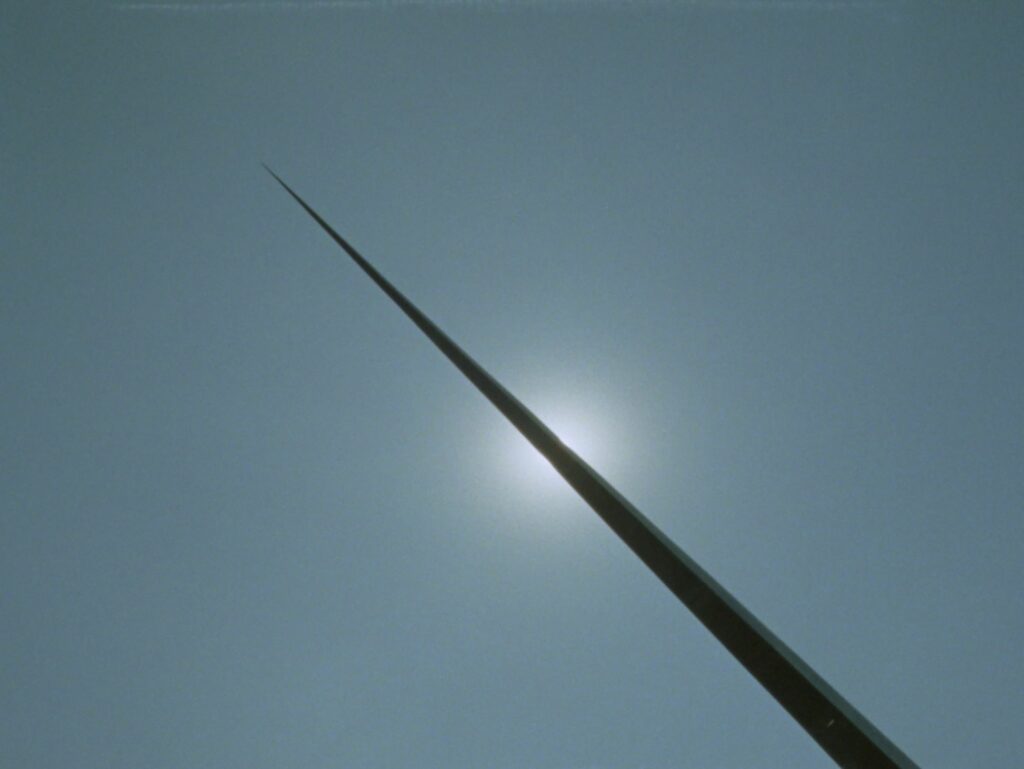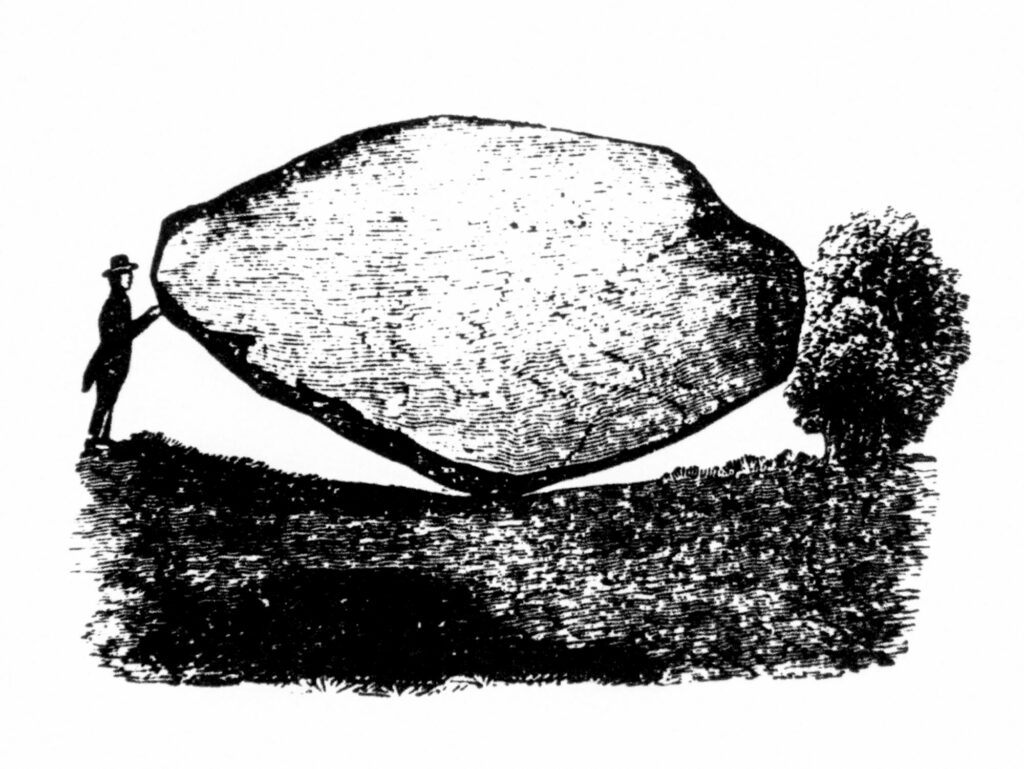Deborah Stratman, a Full Professor in the School of Art & Art History at the University of Illinois, is one of the most fascinating, abstract and philosophical directors around. Rather than constructing stories, her films ask questions, with streams of ideas taking the place of any substantial narrative. Her latest production, Last Things, continues in this tradition. It makes for a perplexing but transfixing watch; an experimental documentary where feeling the truth is as important as observing it, and which offers constant reminders of how the past is remembered and located in the present.

Last Things is a poetic and visually abrasive look at evolution, extinction, and time, told mostly from the perspective of a documentary about geology. Except geology has never looked, or felt, quite like this. With a meditative focus on landscape, detail, and “the prehistory of prehistory,” Last Things takes the viewer back billions of years to the formation of the first rocks on Earth and the construction of our atmosphere. Featuring dialogue from experts, quotations and illustrations from various texts, and some immersive cinematography obsessed with minute detail, this is a film that finds joy in opening your mind to the possibilities of being in what one interviewee calls a “polytemporal world.” That is, a world where two times co-exist in one, evoked most clearly by the caves underneath the Earth’s crust containing rocks that are billions of years old, some of which predating the formation of the planet itself.
Stratman’s film contains at times deliberately abrasive sound design, matching with various images designed to arrest and grab your attention. Last Things is less of a film in this sense and more of an exhibition of thought; finding the most creative and eye-catching ways to present what is at the core a fairly simple (but fascinating) concept of existence. Stratman pulls from a variety of different inspirations, most obviously two short stories by one of science fiction’s founding fathers, J.-H. Rosny aîné, and Ukrainian-born Brazilian novelist Clarice Lispector’s novel The Hour of the Star. The film is at once a test and exploration of what people are able to perceive, using what can feel like dissonant images to communicate via a complex audio-visual tapestry. Self-evident, it is not, but diving head first into Stratman’s film is one of the easiest ways to find satisfaction from watching it.

In Last Things, every image rolls into the next in a quietly thrilling manner. You are not thrown back in your seat, but instead as each new shot manifests itself you are drawn into the ways of thinking that Stratman is all too happy to offer. She speaks, you listen, but in exciting ways that you rarely expect. Despite extinction being a key concern of the film, Last Things is not tailor made for the doom monger who loves to remind all about humanity’s apparently inevitable demise. Instead, knowing the past is present with us in the way that Stratman advocates is a refreshing, holistic experience; to be present is also to be at one with the past, if you know where to look for it. It is an edifying, nourishing realisation that few films can deliver.
Last Things is a perplexing and beautiful assembly of images and ideas all tied together by central concerns of being and time. With no real narrative, it is left to the power of thought to take the film onwards through its brief running time. As you complete this journey too, it is likely to be an experience few pieces of art can ever replicate.
Last Things received its UK premiere at the 2023 Berwick Film & Media Arts Festival.
